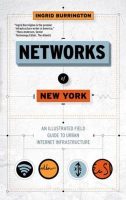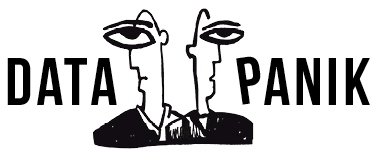Cora Currier ging voor The Intercept op stap door New York, op zoek naar die zichtbare tekenen van surveillance waar we nog zelden acht op slaan. Ze deed dat in het gezelschap van Ingrid Burrington, auteur van “Networks of New York: An Illustrated Field Guide to Urban Internet Infrastructure”.
It is empowering to know what you’re looking at, but also overwhelming to consider the scale of the apparatus around you. Burrington described a public records battle she lost to get the locations of NYPD cameras; the city said the data could help criminals. In the process, Burrington realized that the data she was seeking wouldn’t account for unmarked cameras and privately owned cameras that could be turned over to police. To map the entire surveillance network of a city would require a huge effort and become quickly outdated.
Instead, her aim is “fostering curiosity,” she said. On a local level, organizing to get data for specific purposes could be politically useful; you could look at disparities in high-speed internet access, or you could look for evidence of over-policing. Or just ask simple questions like, “Who owns stuff, why does it end up where it ends up, and who does it benefit?”
 “It’s good to know Microsoft is a corporation who has a large stake in New York City’s surveillance systems continuing, and expanding them to other cities,” Burrington said.
“It’s good to know Microsoft is a corporation who has a large stake in New York City’s surveillance systems continuing, and expanding them to other cities,” Burrington said.
— lees verder bij The Intercept, 24/9/2016
- Ingrid Burrington: Networks of New York. An Illustrated Field Guide to Urban Internet Infrastructure (Melville House, 2016)

